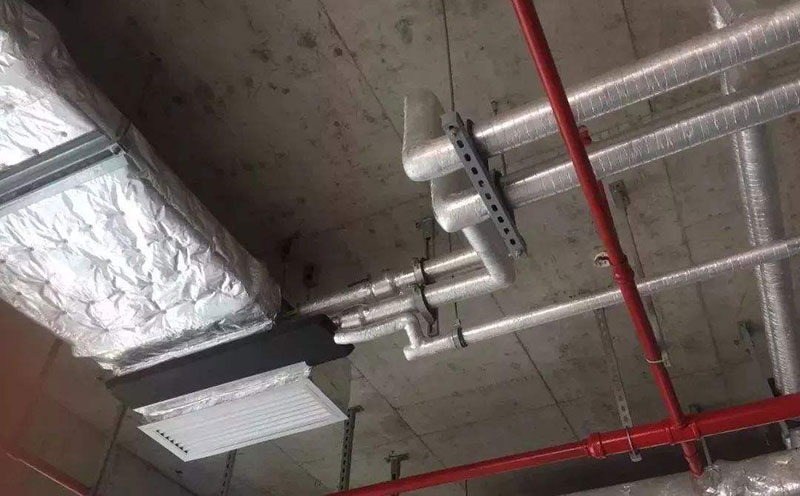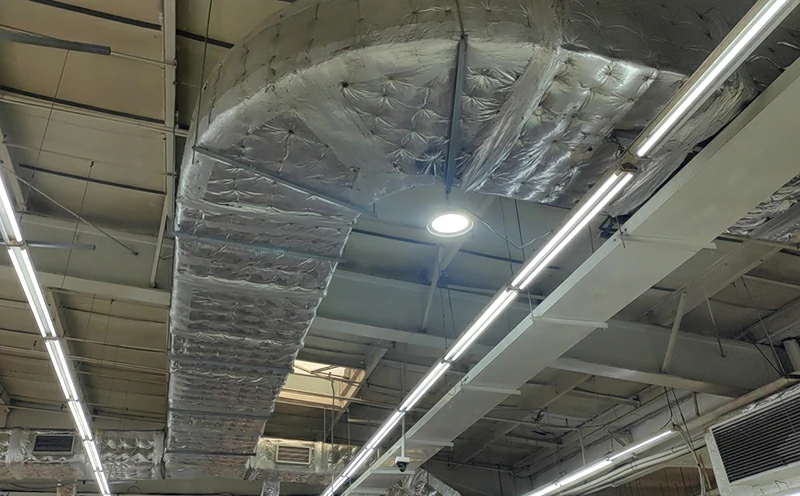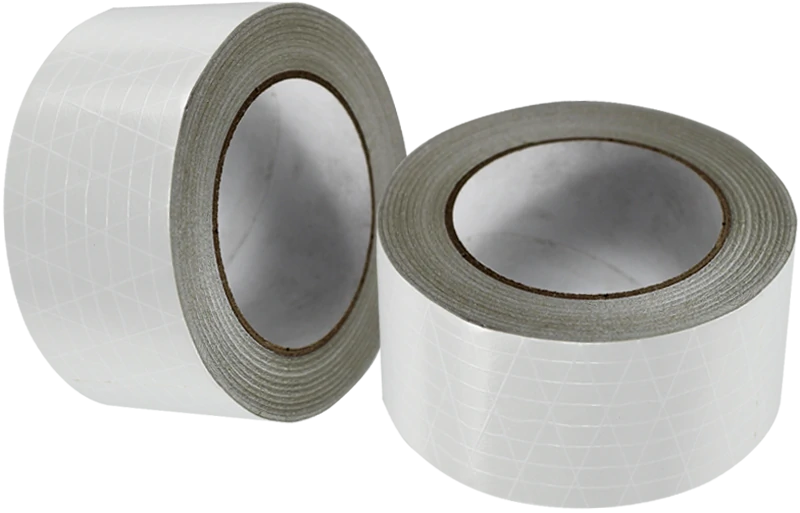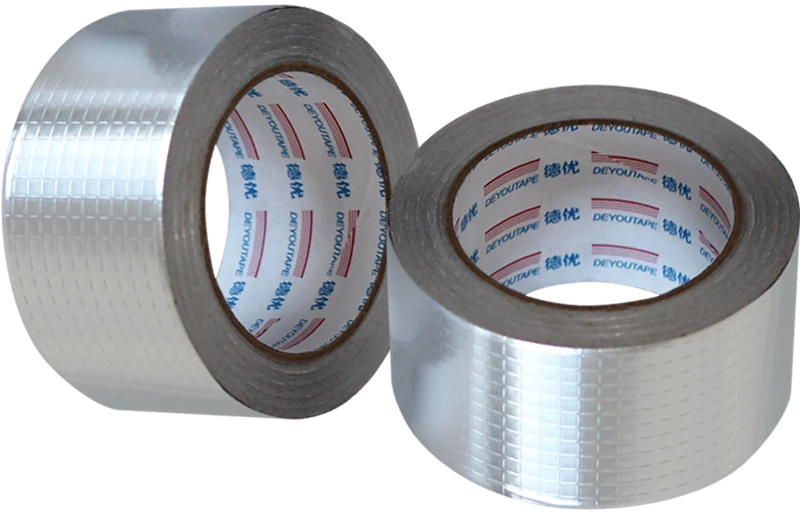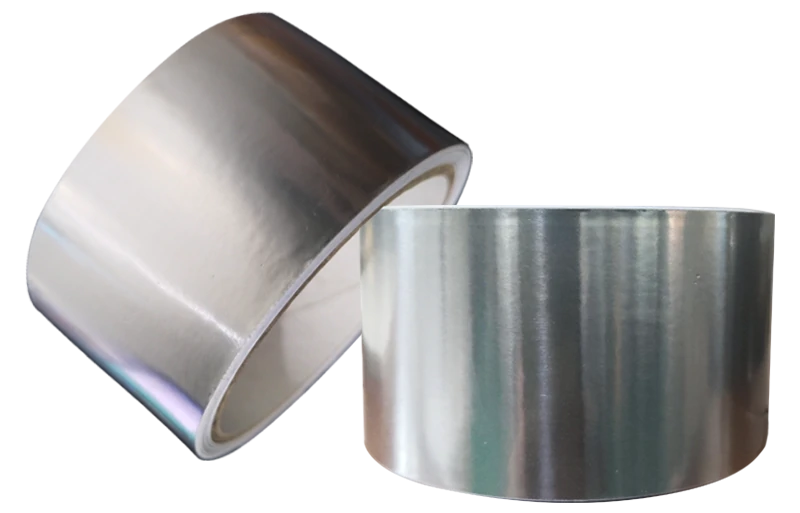Yes, Aluminum Foil Tape waterproof properties is excellent.
This makes aluminum foil tapes a good choice for sealing leaks in pipes, gutters, and other outdoor applications. Consider the specific application and choose a tape with the appropriate adhesive and features for the best results.
Why Aluminum foil tape can be waterproof
The aluminum foil itself is water-resistant, and the adhesive backing is also designed to be waterproof.
1. Aluminum foil itself
Non-porous nature: The foil acts as a physical barrier, preventing water molecules from passing through due to its tight atomic structure.
Corrosion resistance: Aluminum naturally resists corrosion from water and other elements, maintaining its waterproofness over time.
2. Adhesive backing
Strong adhesion: Many tapes use pressure-sensitive adhesives like butyl rubber or acrylic that form strong bonds with various surfaces, creating a tight seal against water intrusion.
Water-resistant adhesives: These adhesives are specifically formulated to resist water absorption and maintain their adhesive strength even when exposed to moisture.
Aluminum tape prevents moisture from diffusing through walls, floors and ducts thereby preventing the build up of water vapor from the air. The best waterproofing tapes should be thick and made of a rubbery type of material that is suitable for pressing hard against a surface without bunching up and creating water pockets.
However if this kind of adhesive tape is applied to a wet surface it is prone to trapping water underneath it which quickly causes the tape’ s thin layer of glue to fail. So remember, before attaching the waterproof tape, keep the target surface clean, dry and oil-free.

Uses of waterproof Aluminum Foil Tape
Waterproof aluminum foil tape has a variety of uses, including:
1. Construction and repair
Sealing leaks and cracks: Aluminum foil tape can patch up leaks in roofs, gutters, pipes, ducts, and even pools.
Waterproofing: It's great for sealing seams and joints in various building materials like concrete, wood, and metal, protecting them from moisture damage.
Insulation: The reflective surface helps regulate temperature by reflecting heat in the summer and retaining it in the winter.
Ductwork: Sealing air ducts and vents to prevent leaks and improve energy efficiency.
2. General purpose
Emergency repairs: Fix rips in tarps, tents, or inflatable pool toys.
Crafting and decoration: Add a shiny metallic touch to scrapbooks, cards, or other creative projects.
Shielding: Block electromagnetic interference (EMI) from electronic devices by wrapping wires or components.
Heat transfer: Conduct heat from hot surfaces to specific areas, such as in heat sinks or for DIY projects.
3. Outdoor and camping
Repairing gear: Patch up tears in tents, sleeping bags, or backpacks.
Reflecting heat: Create an emergency shelter or signal mirror using the reflective surface.
Securing equipment: Temporarily attach tools or other items to surfaces.
DeYou aluminum foil tapes are widely used in all kinds of industries, from manufacturing to construction. Thanks to their moisture and chemical resistance, thermal conductivity, flame resistance, heat and light reflectance, and weather ability. If you have any aluminum foil tape purchasing needs, please contact us.
